Today was, of course, the so-called Great North American Total Solar Eclipse of 2017, the first time in a century there has been a coast to coast total solar eclipse. Nothing reminds you of celestial mechanics quite like seeing astronomical objects pass through each others shadows in real time. So, I thought I’d spend a little time talking about it.
Solar Abandonment
Solar eclipses are, in a word, badass. The word eclipse stems from the Greek word ekleipsis, meaning “being abandoned”. Cheerful. Explains a lot about the negative connotations related to eclipses. Aside from what could only be described as abject terror felt by the ancients when the observed an eclipse.
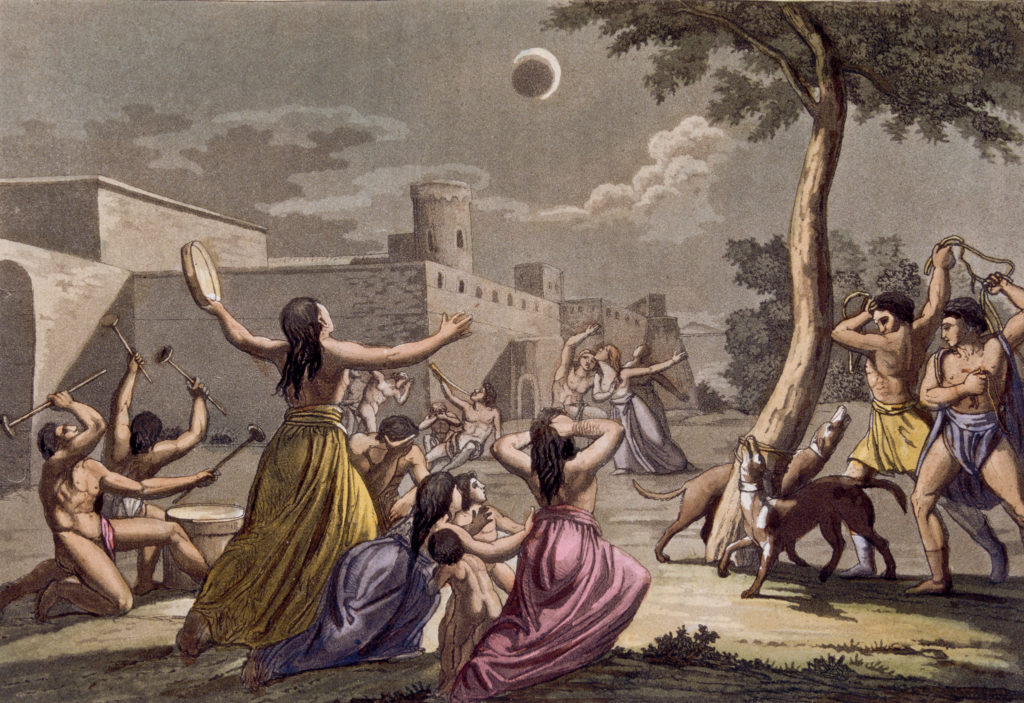
A very specific series of events has to occur in order to a get a total solar eclipse. The foremost, and obvious, criteria is that the Moon is between the Earth and the Sun. However, the Moon does not orbit the Earth on quite the same plane as that which defines the Earth’s orbit. So, the second criteria is that the Moon must cross the Earth’s orbital plane at the moment it is between the Sun and the Earth.
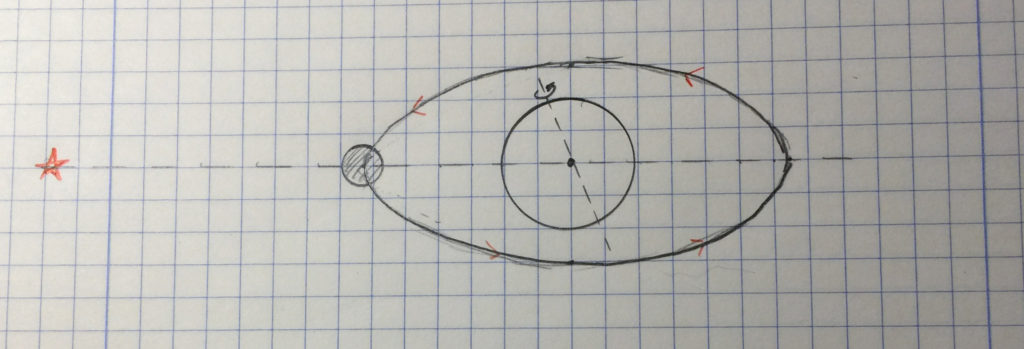
Check and check. There is another problem, however; the Moon’s orbit is not circular, it is elliptical with the Earth at one of the foci. This means that the Moon is not always at the same distance from the Earth; the point at which the Moon is furthest from the Earth is known as apogee and the closest point is known as perigee.
In order for a total solar eclipse to occur, it has to be, well…total. That means the Moon has to completely occlude the disc of the Sun. This can only happen when the Moon is near perigee, when it appears largest in the sky. If it is anywhere else in it’s orbit, then we see an annular solar eclipse, which is still pretty awesome.
Finally, to actually see the full awesomeness, you have to be in the path of totality. Because the Sun appears as a disc, it casts a complex shadow. The dark core of that shadow, where the disc of the Sun is completely occluded, is known as the umbra. The region away from this core, where the disc is only partially occluded, is known as the penumbra. The so-called path of totality is the path the Moon’s umbra makes as it intersects the Earth; you have to be in the umbra to see totality.
As an interesting exercise, I wanted to figure out the width of the path of totality would be. The first thing to do is to find the length of the Moon’s umbra. Doing a little geometry, which I’ve included below, using average values of the relevant dimensions, the Moon’s umbra is about 232,000 miles long.
Once we know that, we can find the radius of the ring of the umbra that intersects the Earth. Again, after a bit more geometry, the radius of that ring, which represents half the width of the path of totality, is about 67 miles.
That’s pretty close to the actual half-width of the path of totality shown on maps of the day’s event, close to 50 miles.
I’m off due to the fact that I’m using average values. Also, since the Earth isn’t flat, the shape of the path changes as the shadow moves across the surface. But hey, good enough for me.
As I mentioned, if the Moon isn’t near perigee, you don’t get a total eclipse. Apogee for the Moon, it’s most distance point from the Earth, is about 252,000 miles. Since the length of the umbra is only about 232,000 miles, there is no point on the Earth that is in the umbra. So, no matter what, you’ll see part of the Sun’s disc. If you’re in the right spot, you’ll see an annular eclipse; that “spot” is the region inside the lines of the umbra if you extend them past the convergence point.
In either case, if you’re in the penumbra, the softer part of the Moon’s shadow, you’ll see a partial eclipse, which is still pretty neat. But the penumbra doesn’t cover the whole Earth. So, if you’re not lucky enough to be in the penumbra you won’t see anything interesting at all.
The Main Event
So, enough about how eclipses work, how about viewing them? For today’s event, I spent some time making a pinhole camera to observe the eclipse. At my location (Salt Lake City), I got to see about 91% occlusion, which was still pretty awesome. This is what my sky looked like at maximum occlusion, which happened at about 11:33 a.m. MST.
A perfect, cloudless sky. Of course, my phone couldn’t make out the eclipse, but you can see the noticeable darkening of the sky. As maximum occlusion drew near, the temperature outside dropped by about 15 degrees. Several doves who have nests in those trees starting to sing their evening songs.
To make my pinhole camera, I started with a long box I picked up at the nearby UPS store. I can’t stress enough the importance of the coffee during this endeavor.
The more symmetric the hole, the sharper the image, so I used a piece of aluminum foil that I carefully cut to avoid wrinkling, which I then taped over the camera aperture shown below.

The pinhole I made was about 1 millimeter and after doing a little optics calculation (which I’ll spare you LOL), I found the optimal focal distance for the screen was about 45 centimeters. I made a screen from matte printer paper, cut a viewing hole, and then attached it to the equatorial mount of my telescope.
After all was said and done, I got some nice images.
My phone couldn’t really do it justice, because I couldn’t adjust the exposure or anything. So, I brought out my DLSR camera and took some more images.
At maximum occlusion, I got a good image of the smallest crescent. Even with the DLSR, it was difficult to get a good representation due to the brightness of the image; what I actually observed was a smaller, sharper crescent. Part of the issue was the granularity of the paper I used as a screen; material that is used for projection screens would have been a better choice. C’est la vie…
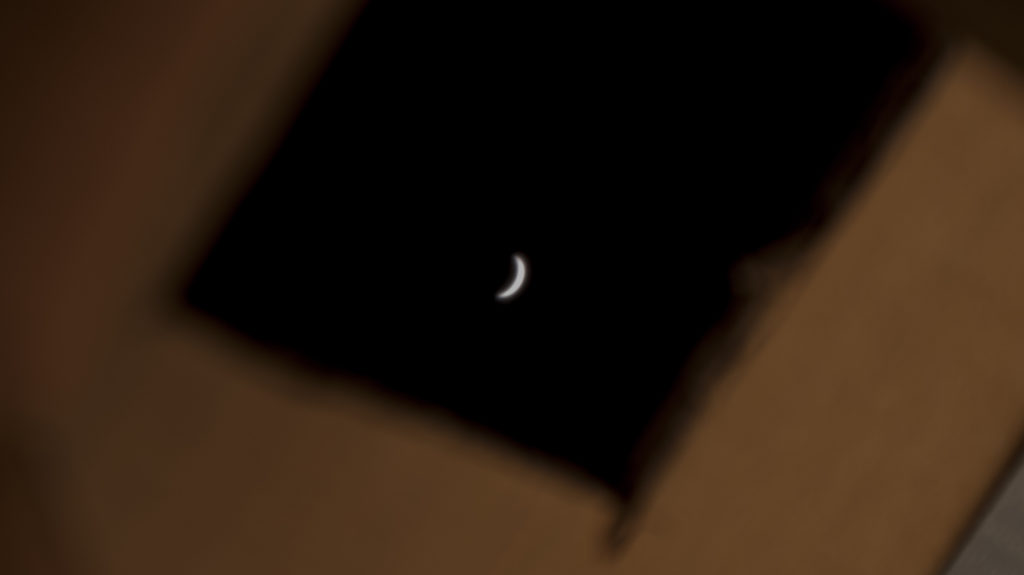
I then experimented a bit and added several more holes of different diameters. A larger hole of course yields more light, but gives a less-focused image. The smaller holes give a sharper image to a point but then diffraction caused by the hole edge becomes significant and begins to blur the image again.
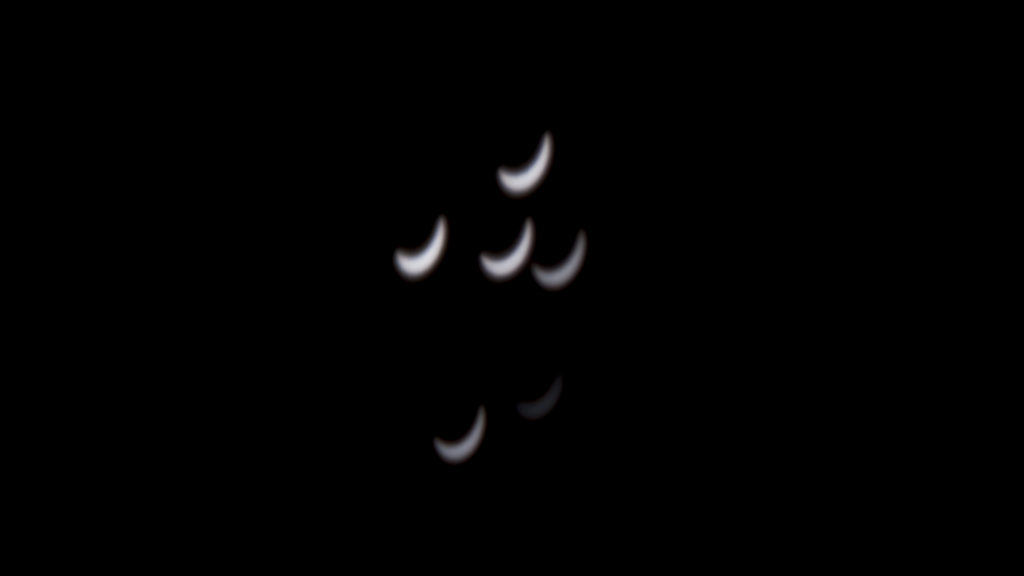
Sadly, this kind of event doesn’t last too long, and the Moon moved on, presumably having other things to do.
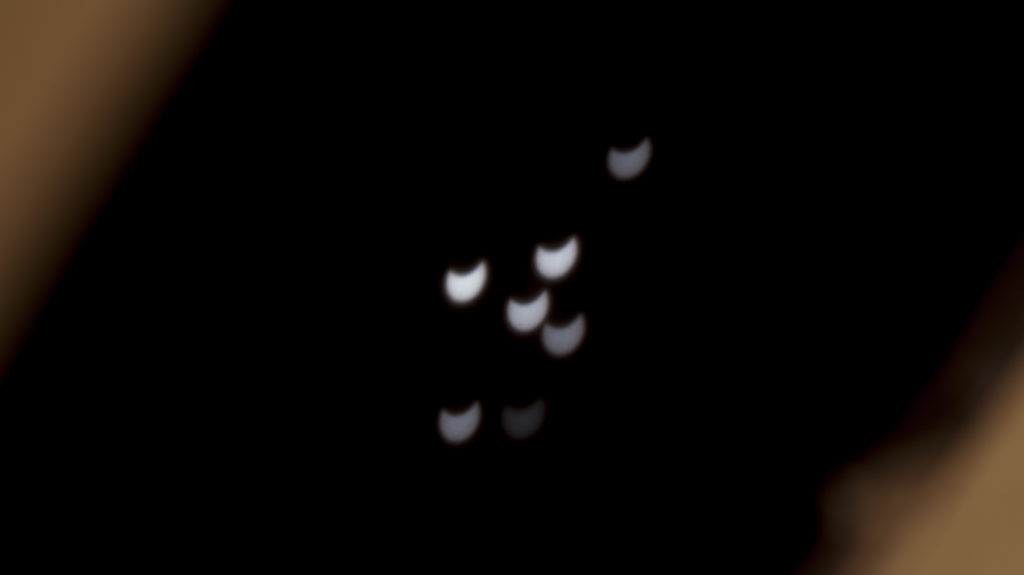
It would have been cool to mount some optics inside to expand the image and make it larger. That, however, is a project for another day. On a normal day, if the image is larger and in suitable focus, you can make out sunspots, which is super awesome.
Until next time…
So, there you go, info about eclipses and eclipse viewers. I would have been cool to have been in the path of totality. But, then again, I’m happy to not be in traffic or around people. There will be another eclipse viewable from North America on April 8th, 2024…better start making my plans now.

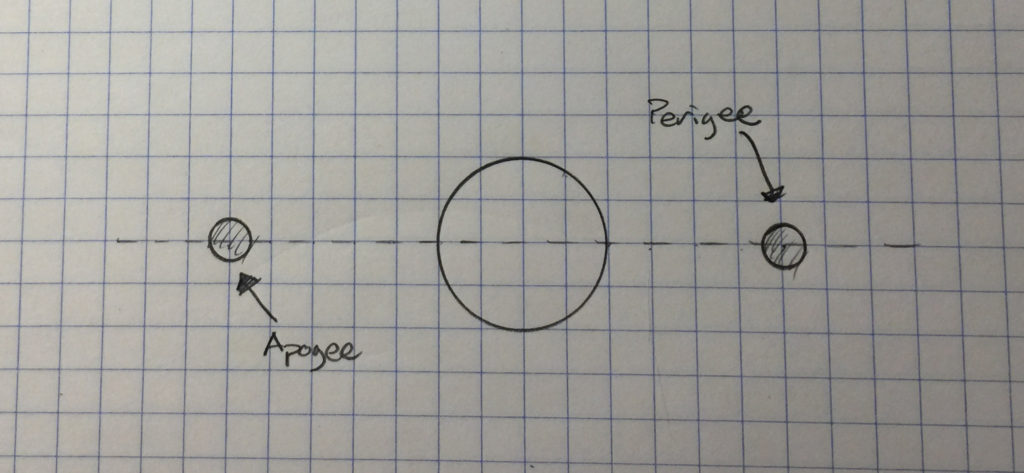
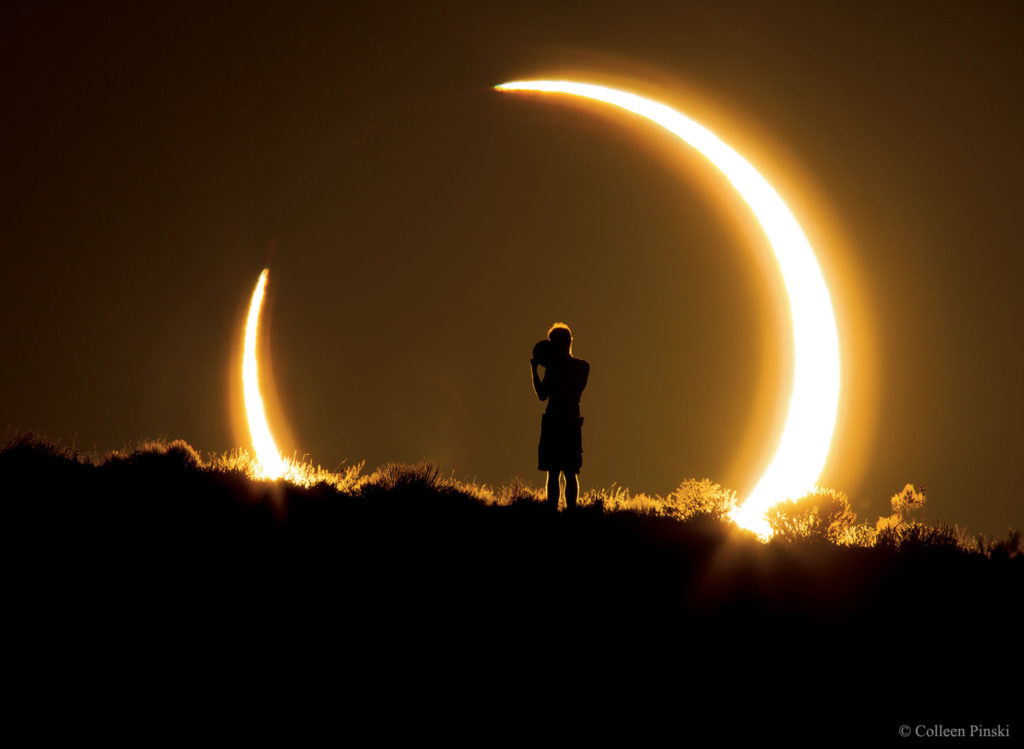
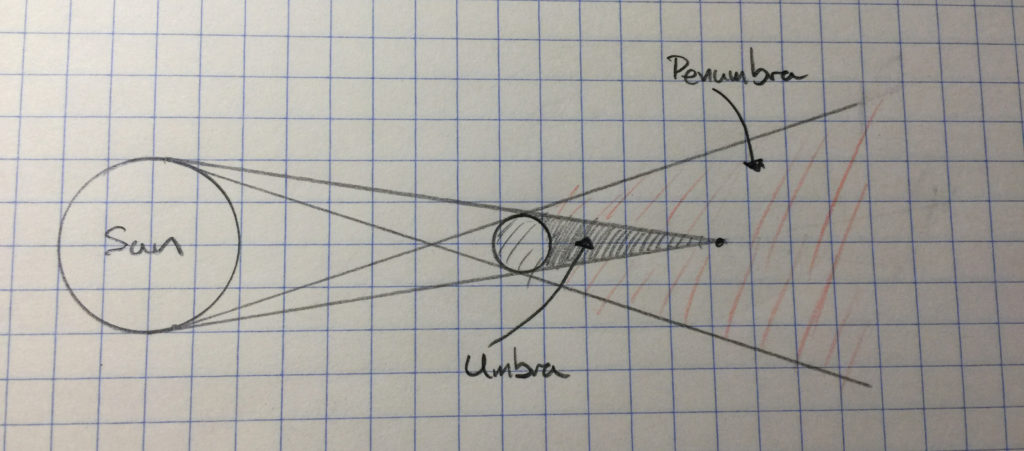

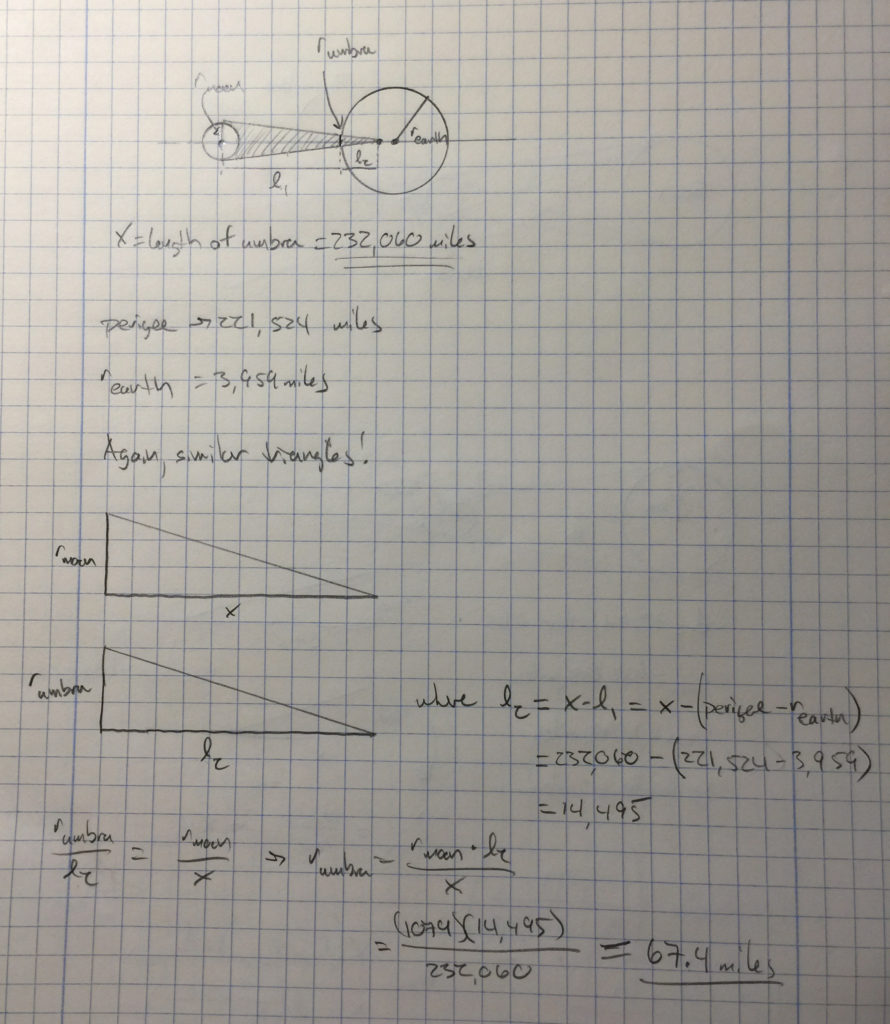
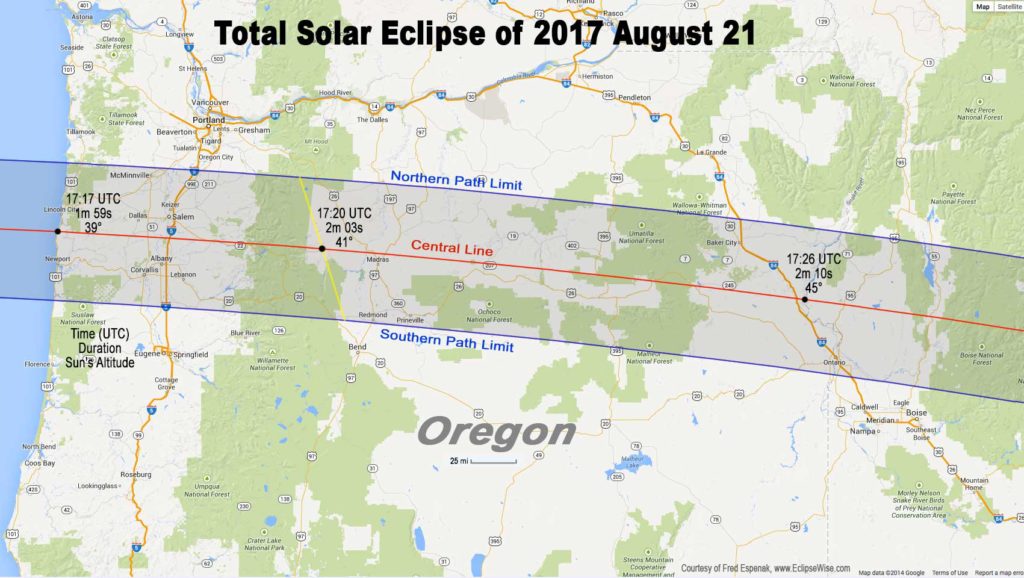
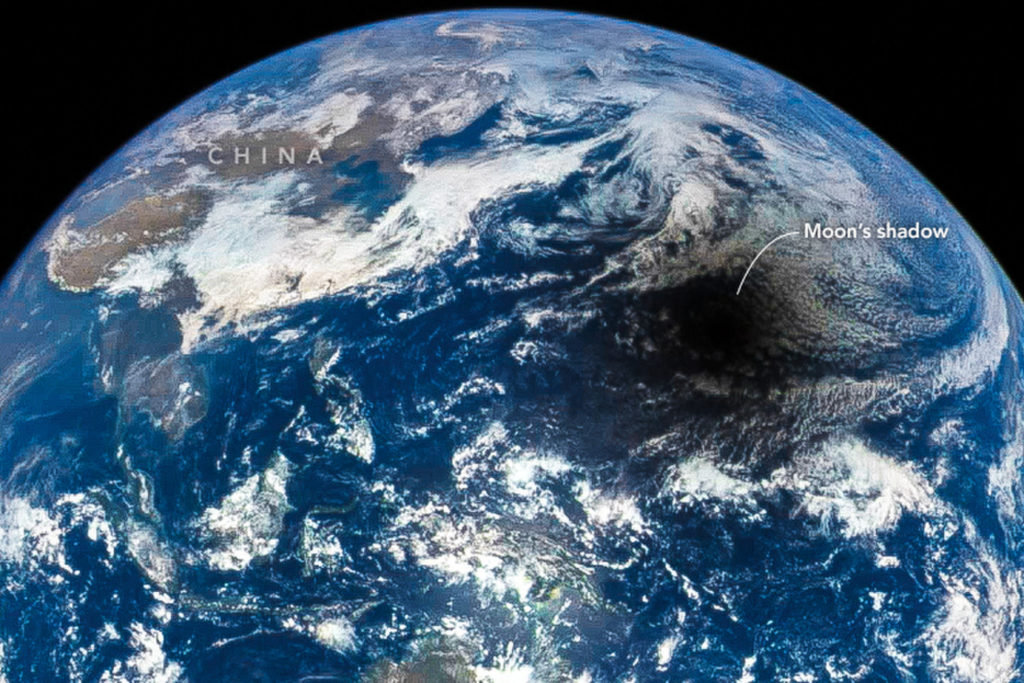
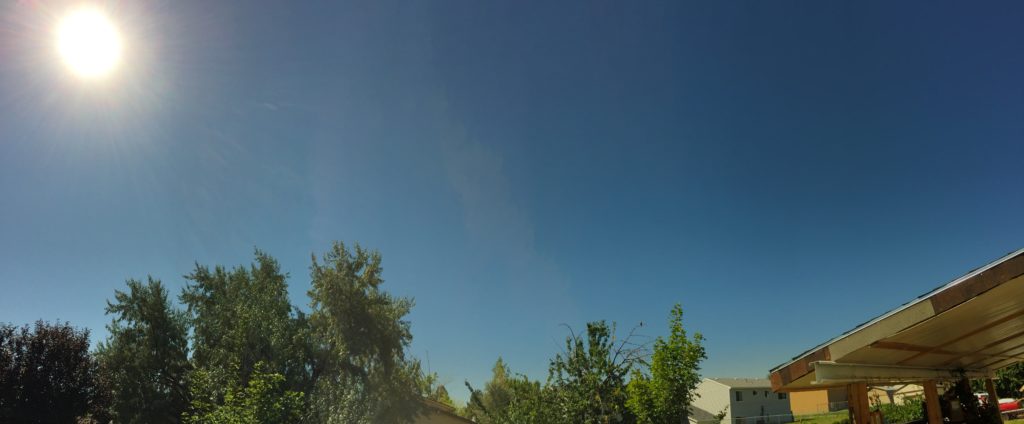
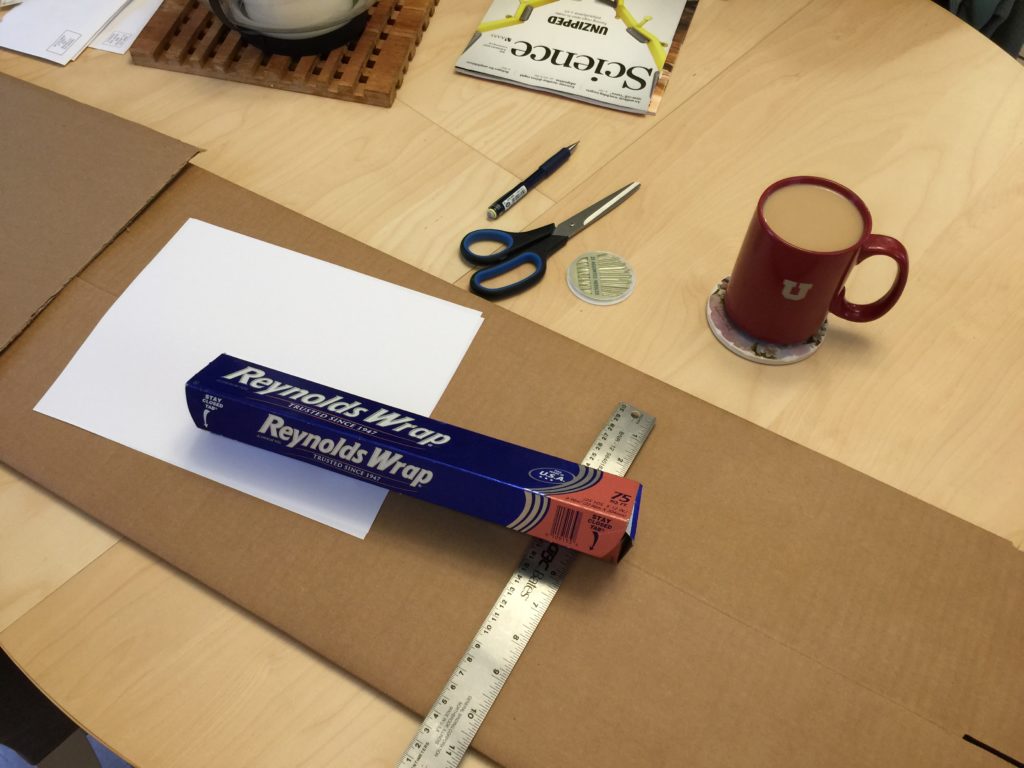
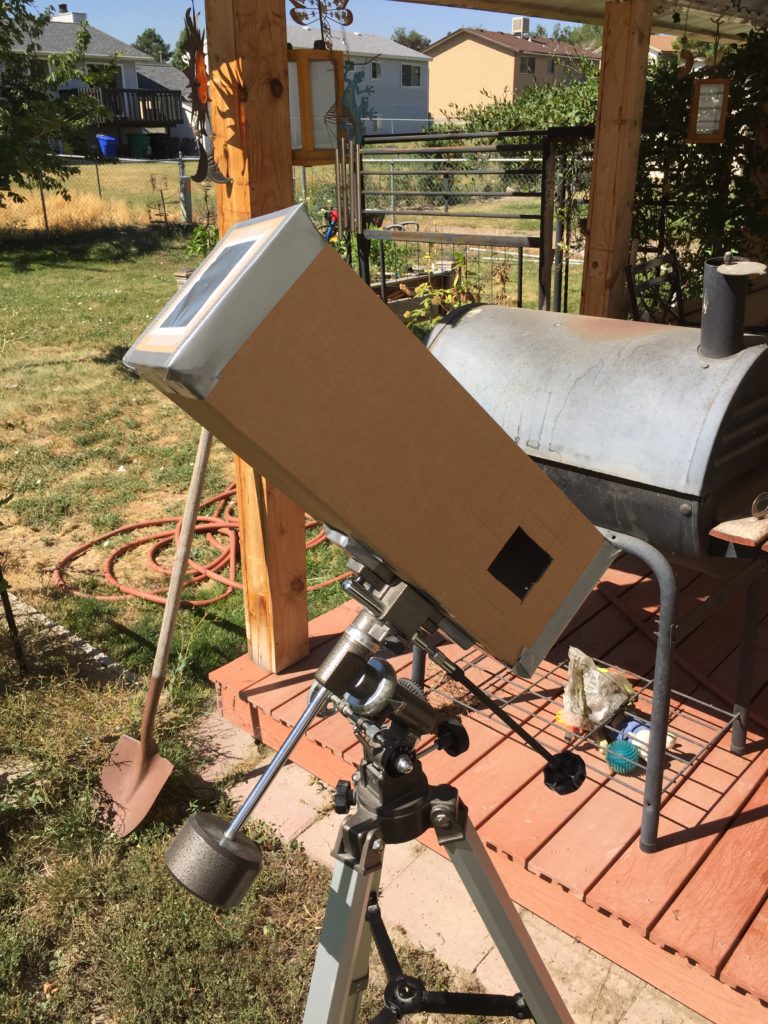
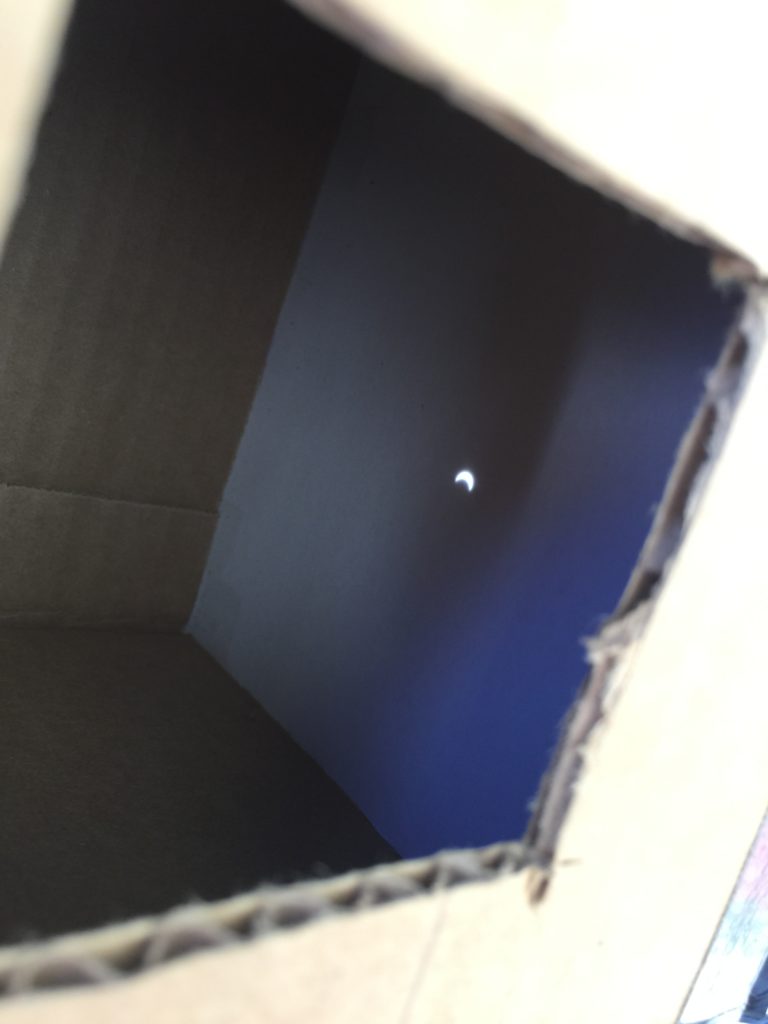
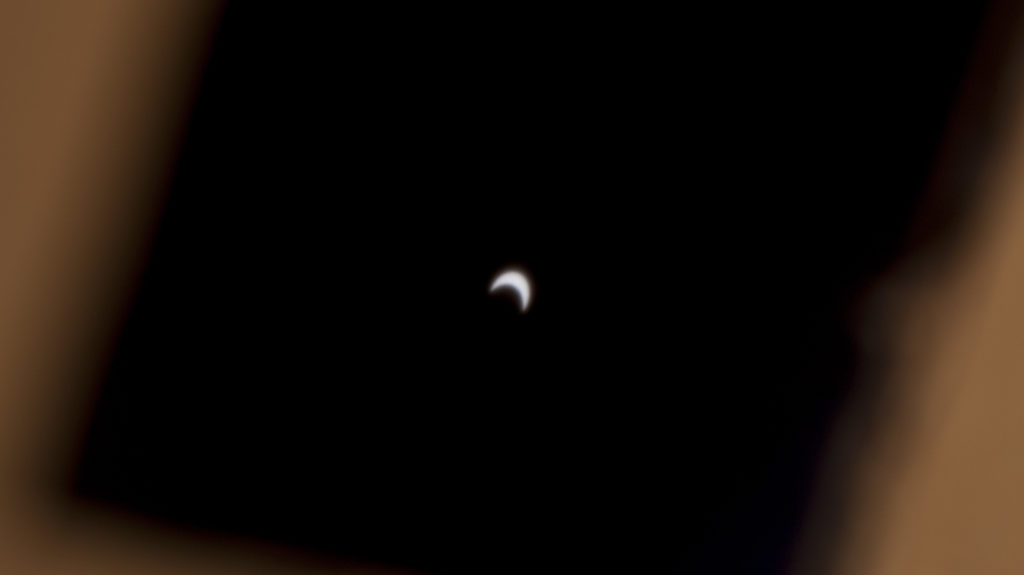
This was a great article! Informative of course and easy to understand. Presented in a well articulated and humorous manner. Enjoyed immensely. Thanks
Thank you! I’m glad you enjoyed it!
Kdavenport: “Here’s my thoughts on an eclipse.”
Neil deGrasse Tyson: “What he said.”
Awesome article!